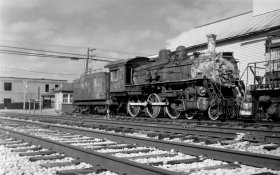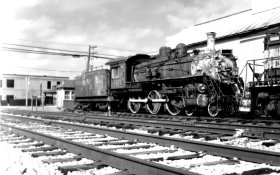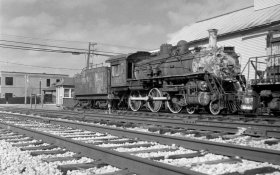John Wiegerink
Subscriber
My scanner is up north at the cottage, and I'm down here, darn it. I had just run a roll of Delta 400 120 through my Kodak Medalist II and wanted to see what it looked like. I thought, what the heck, and dug out my light table, Vivitar +4 close-up filter and a manual focus Fuji X 55mm f1.6 lens. I stuck those on the Sony A7RII, put the negative on the light table and went to work. After I shot a few frames,










 I imported them in to an old version of Pacasa and tweaked them a little. They made for a good preview, but certainly don't compare to scans from the Nikon LS 8000 that's for sure.
I imported them in to an old version of Pacasa and tweaked them a little. They made for a good preview, but certainly don't compare to scans from the Nikon LS 8000 that's for sure.





 I imported them in to an old version of Pacasa and tweaked them a little. They made for a good preview, but certainly don't compare to scans from the Nikon LS 8000 that's for sure.
I imported them in to an old version of Pacasa and tweaked them a little. They made for a good preview, but certainly don't compare to scans from the Nikon LS 8000 that's for sure.



 Kodak Ektar 100_31-16to24_stitch C
Kodak Ektar 100_31-16to24_stitch C